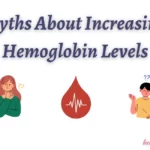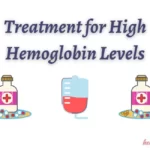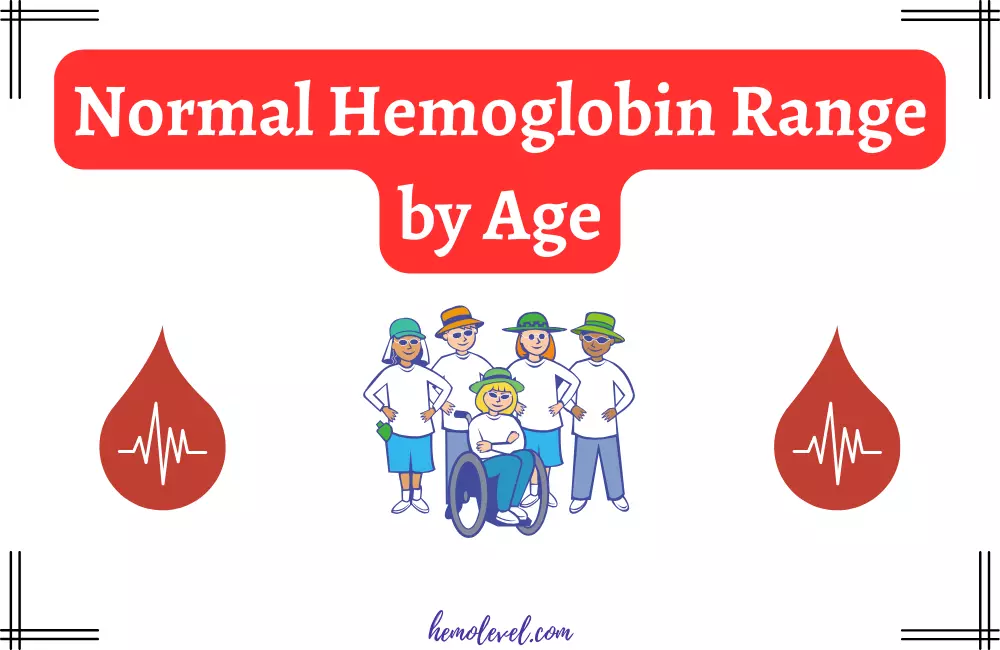Hemoglobin Normal Range by Age
Last updated on December 14th, 2023
Hemoglobin, the tiny hero in our blood, plays a big role in keeping us healthy. It carries oxygen to our body parts, and having the right amount is crucial. Let’s explore what’s considered a normal range for hemoglobin as we age.
What is Hemoglobin and Why Does it Matter?
Hemoglobin is like a red blood cell’s backpack, helping it carry oxygen. It’s essential for energy and keeping our body running smoothly. When hemoglobin levels are just right, we feel good and stay healthy.
Hemoglobin Normal Range for Different Ages:
Let’s break down what’s considered normal for hemoglobin levels at various stages of life.
Babies (0-6 months):
Babies are like little explorers, growing and discovering the world. Their normal hemoglobin range is between 10.0 to 17.5 grams per deciliter (g/dL). It might seem a tiny number, but it’s just right for their tiny bodies.
Infants (7 months – 1 year):
As babies start crawling and taking their first steps, their hemoglobin levels stay in the range of 9.5 to 14.1 g/dL. It’s a bit lower than the baby stage, but it keeps up with their growth.
Toddlers (1-3 years):
Toddlers, the little adventurers, have a normal hemoglobin range of 9.5 to 14.1 g/dL. As they explore the world on wobbly legs, this range helps them stay active and curious.
Preschoolers (4-6 years):
Preschoolers, full of imagination and stories, keep a hemoglobin range of 9.5 to 14.1 g/dL. It supports their playful days and dreams.
School-Aged Children (7-12 years):
School brings new friends and challenges. For children between 7 to 12 years old, a hemoglobin level between 9.5 to 15.5 g/dL is considered normal. It helps them stay sharp in class and on the playground.
Teens (13-18 years):
The teenage years, filled with changes, need a bit more hemoglobin. The normal range for teens is 12.0 to 15.5 g/dL. It supports their growth spurts and busy lives.
Adults (19 and older):
As we become adults, our bodies settle into a hemoglobin range of 12.0 to 15.5 g/dL. It keeps us energetic and ready for whatever life brings our way.
Factors Affecting Hemoglobin Levels:
Various things can affect our hemoglobin levels, including what we eat and our overall health. Eating foods rich in iron, like spinach and lean meats, helps keep hemoglobin happy.
Detecting Abnormal Hemoglobin Levels:
Feeling unusually tired or dizzy? It might be a sign of abnormal hemoglobin levels. A simple blood test, like a complete blood count (CBC), can check if everything is okay.
Why Hemoglobin Matters at Every Age:
Having the right hemoglobin levels at every age ensures our bodies get enough oxygen. It keeps us feeling good, full of energy, and ready for all the adventures life brings.
Conclusion:
Hemoglobin is a vital player in our health story. Understanding what’s considered normal at different ages helps us take better care of ourselves and our loved ones. If ever in doubt, a quick check with a healthcare provider ensures we’re on the right track.
STAY HEALTHY, STAY HAPPY !!
Also Read:
- Most Common Questions on Hemoglobin Levels

- Myths about increasing Hemoglobin Levels

- Treatment for High Hemoglobin Levels: How to Lower Your Levels Safely

To Know more about Hemoglobin Levels, visit hemolevel.com
2 thoughts on “Hemoglobin Normal Range by Age”
Comments are closed.

thanks for sharing